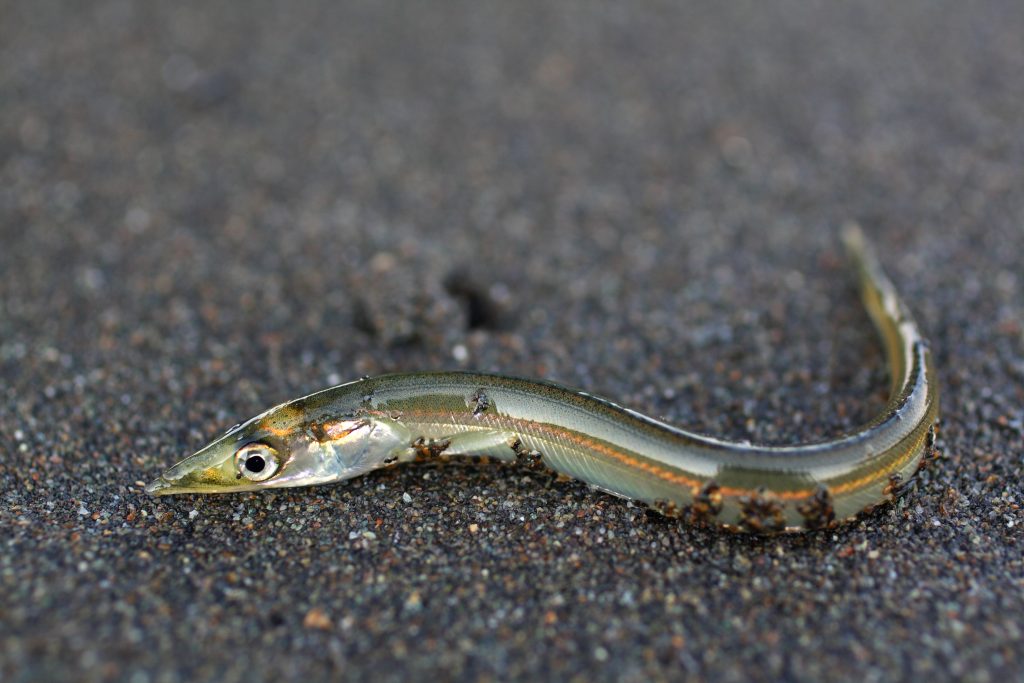News

Unexpectedly Low Variation in Salinity Levels
Ammodytes, or species of sand lances, are small pelagic fish which lack a swim bladder and burrow into sand to avoid predators and save energy. Sand lances are important in the coastal ecosystems as a food source for many marine fish species, seabirds, and mammals. Low numbers of sand lances have been connected to failure in reproduction of predators in other regions.
Conductivity, temperature and depth measured
Little is known about diel patterns of the sand lance species in the Northwest Atlantic and hence scientist from University of Manitoba, Canada, conducted a study on this at the northeast Newfoundland coast. Star-Oddi’s DST CTD loggers were attached together with cameras to metal frames to measure the salinity, temperature and depth. It was set to measure every 5 seconds near the seabed in the seven inshore areas where the population of Ammodytes was being investigated. Samples of sediment were also collected to measure the grain size in which the sand lace prefers to bury itself in.
Preferred depth down to 41 meters
The preferred sediment grain size was recorded as in the range of 0.25-2 mm, and preferred temperatures were shown to be 1-11°C, typically ~2°C. Study sites were down to 41 meters. This is also shown in the figure below (fig. 3 from the article). The salinity measurements showed unexpectedly very little variation in the salinity between the investigated areas and was ultimately excluded from the analysis.

Similar diel patters as in other regions
Findings from this study suggest that sand lance tend to feed during day-time and bury in the sediment later in the day when stomachs are non-empty. These results correlate with diel patterns previously shown for sand lance in the Pacific and Northeast Atlantic regions.
Further results can be found in the article, published in Environmental Biology of Fishes here.